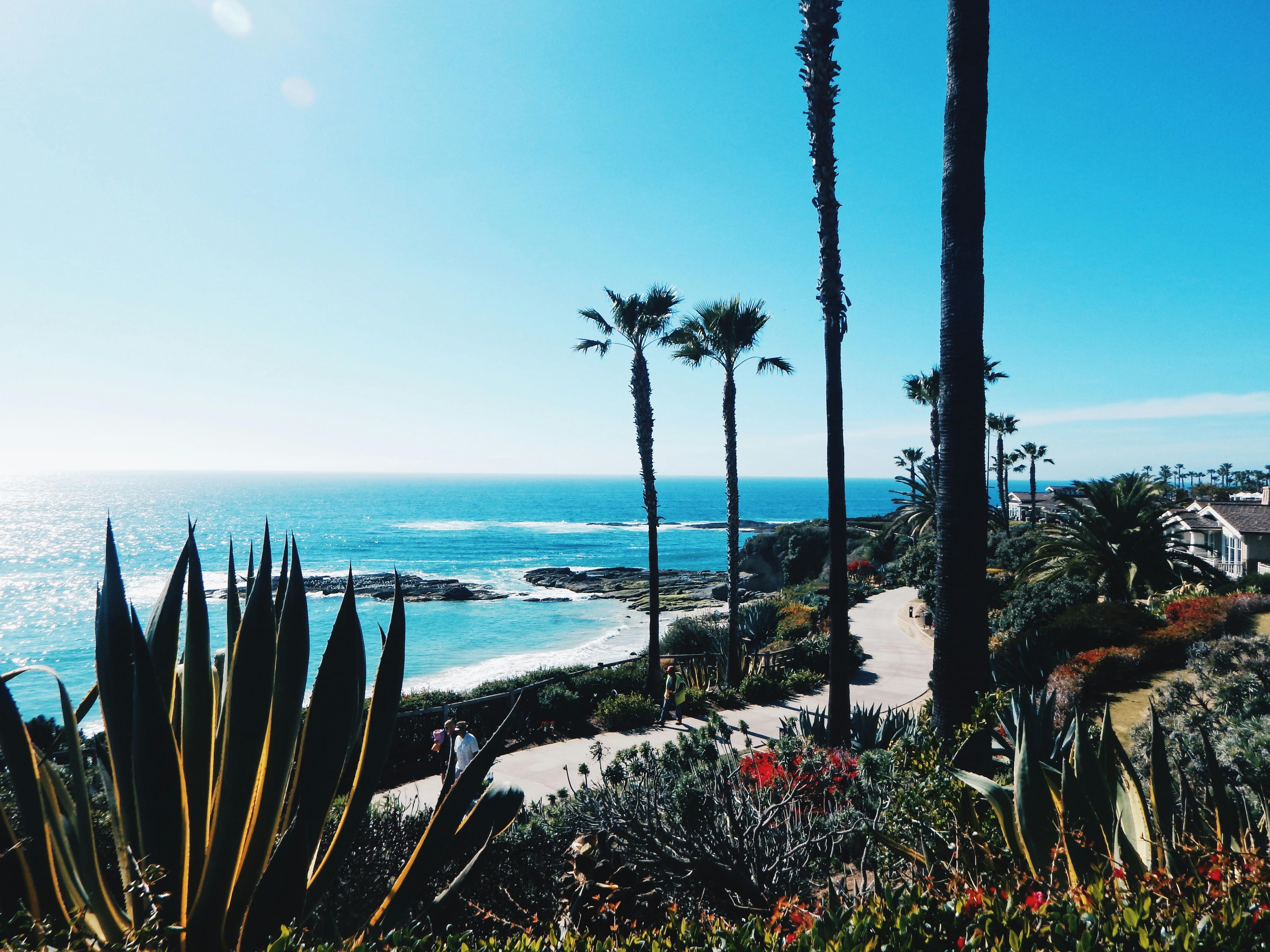
An overview of barramundi fishing in Australia
admin
- 0
Barramundi is a popular freshwater fish found in northern Australia. Anglers love to catch barramundi for sport because they put up a good fight on the water. Catching a barramundi fish is one of the best experiences an Australian angler could have.
In addition to the sporting aspect of barramundi fishing, they are also great for eating. Many Australian seafood restaurants always have barramundi on the menu because the locals love it. But why order it off the menu when you can catch it yourself?
male to female conversion
Barramundi have long, narrow elongated bodies with huge, obliquely shaped mouths. You will have no trouble recognizing barramundi fish because they have silvery scales all over their bodies.
The longest barramundi has reached 1.8 meters in length (equivalent to 5.9 feet). Although it would be rare to catch a barramundi of this size. The average angler will catch a barramundi between 2 and 4 feet long. It’s still a sizeable catch any way you look at it.
All newborn barramundi are male. No female barramundi is born from a mother fish. They are only male fish when they are born. What happens is that male barramundi become female at about 3-4 years of age.
The older female barramundi have no choice but to mate with the younger male barramundi. If you ever witnessed the breeding process of the two, you would see a smaller male barramundi with a larger female barramundi.
The maximum weight
The maximum weight of a barramundi can go up to 60 kilograms (130 pounds). Although, only a larger female barramundi could reach a weight of this amount. A huge female barramundi can create up to 32 million eggs. So if you catch a heavy female barramundi, she is probably carrying several eggs.
Most anglers will not catch barramundi that weigh more than 100 pounds (45 kilograms). The average catch for barramundi is 22 to 40 kilograms (50 to 90 lb). If you fish for barramundi to harvest your meat, you’ll have plenty of meat to cut up and serve yourself and your friends and family.
Don’t be fooled by the sheer weight of the barramundi. These fish are fast swimmers and rarely stay in one spot for long. Local wildlife officials tagged certain barramundi fish in one location, then found the same fish more than 400 miles away. Their weight sure doesn’t keep them stagnant!
Fresh and saltwater habitats
The barramundi likes to inhabit freshwater habitats, such as rivers and lakes. However, the barramundi can also survive in the salty water of the northern coastal areas of Australia. They use salt water only for breeding purposes.
Most barramundi are born in saltwater because of all the reproduction that occurs in it. But they don’t stay in salt water for long. Barramundi swim from saltwater to freshwater through estuaries, where the two bodies of water meet. Estuaries connect salt water to the various lakes and rivers that exist inland.
The lakes are the best places to fish for barramundi. It is where you will find the longest and heaviest barramundi in Australia.
rentals
Barramundi can be found in the Australian states of Queensland, the Northern Territory, and Western Australia. If you’re looking for barramundi in Western Australia, you’ll need to travel north to the Kimberley region. The north coast of the Kimberley region is adjacent to the Indian Ocean and the Timor Sea.
Locals in the Kimberley region are quite familiar with barramundi. It has become an iconic fish in this region of Australia. Recreational anglers compete to see who can catch the most barramundi each season. There are even prizes for the winners.
Commercial barramundi fishing also occurs in the Kimberley region. Professional fishermen take their boats out into tropical rivers and coastal salty waters to catch these fish and freeze them for food.
Barramundi are not only found in Australia. They have been seen in the coastal marine waters of southern Japan, Papua New Guinea, southern China, and the Persian Gulf. But if you want the most abundant source of barramundi, look for them in the Kimberley region and across northern Australia.
wet season
Barramundi goes through several different phases within its life cycle. The reproductive phase begins in October and lasts until April. This period of time is called the wet season.
Adult female barramundi travel through rivers and coastal estuaries to mate with their male counterparts. Most of this reproduction occurs in the salty waters off the coast, when the tidal waves are most intense.
An old trick is to wait for the full moon to pass. That is the time when you will know that the barramundi has successfully mated. The female barramundi will begin to produce eggs at an accelerated rate, between 10 and 30 million eggs.
Unfortunately, over 90% of barramundi larvae and young will die after a couple of weeks or months. This is because most larvae do not have a chance to fully develop before the eggs hatch. They can’t even open their mouths or eyes.
There is no low season for barramundi fishing. The rainy season makes it better for fishing because the environmental conditions are dark and rainy.
Contrary to popular belief, barramundi fish tend to be more active in the dark than in the sunlight. Rain wakes up the fish and causes more activity in the water. Then it will be easier for you to catch the fish.
Australians like to get a head start on their barramundi fishing in August and continue until April of the following year.

